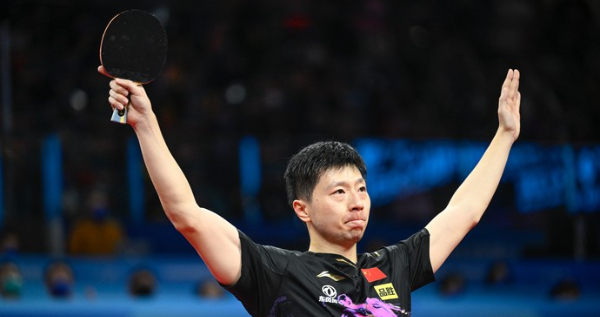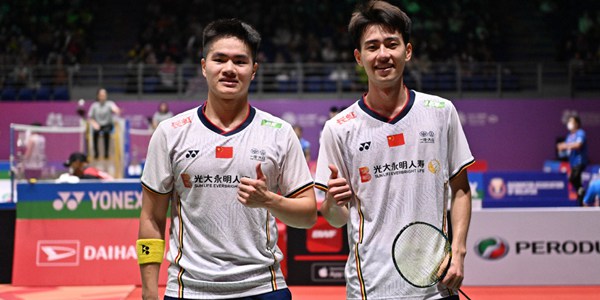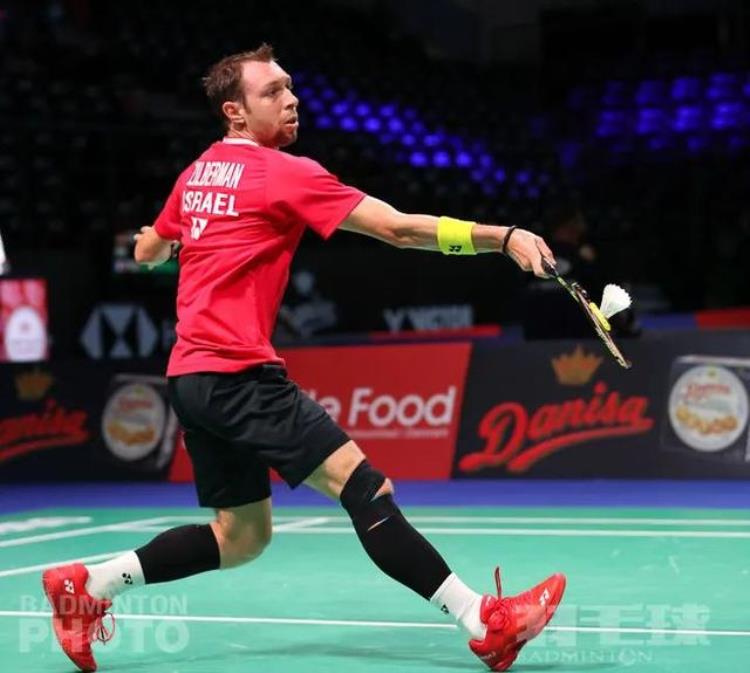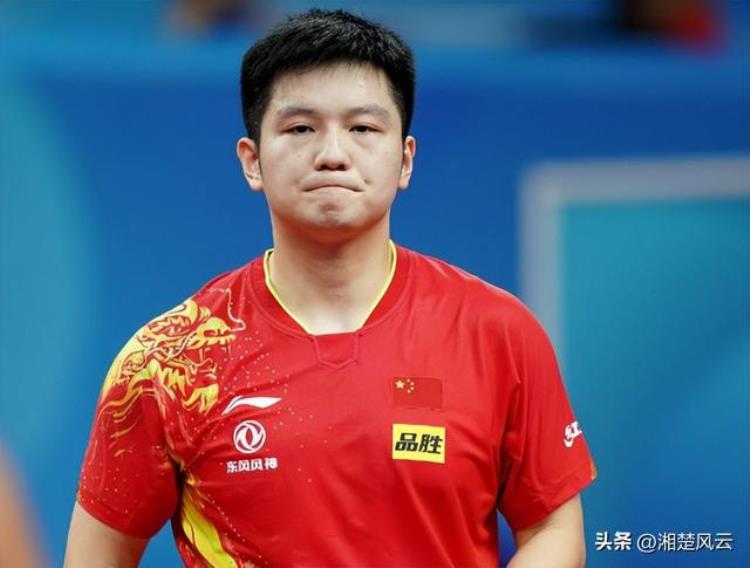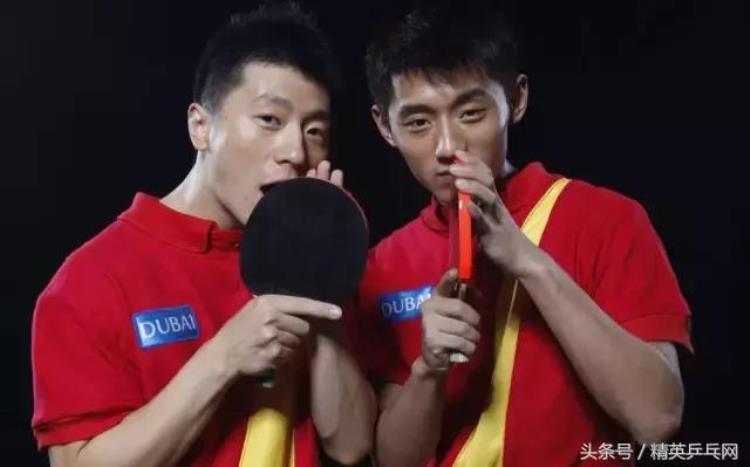四下英语素材Unit18易错知识点
1. 介词 at, in, on 的用法
at 表示在“某时刻或某个时间点”,如 at one o’clock at three fifteen
in 表示在“某段时间内”如在早晨 in the morning 在下午 午 in the
afternoon 在晚上 in the evening, ,但是里 在夜里 at night
一年四季用介词 in 如:in spring, in summer
on 表示“具体某一天、某天上午、下午或者晚上”如 on Sunday, on my
birthday, on Monday evening
2. 主语为第三人称单数,动词 have 变 has, 或在动词后加 s, 如:
第三人称单数是指例如:he, she, it, the boy, 单个的人名
(1)She/He/David has a fever/has lunch.
(2)She/He/David draws some pictures in the park.
(3)He gets up at seven.
3. 在 can, can’t, want to, don’t, let’s 后面加动词原形。如:
(1)She/He/David can have lunch at twelve.
(2)She/He/David wants to drink some juice.
(3)Don’t swim in the river, it’s very dangerous.(危险的)
(4 ) Let’s go to the playground.
4. some 一般用于肯定句和征求别人意见的疑问句中,如:
(1)I can see some cakes on the table. 我在桌子上能看到一些蛋糕。
(2)Can I have some cakes? 我可以吃些蛋糕吗?
(3)Would you like some cakes? 你想要些蛋糕吗?
any 一般用于 疑问句和 否定句中,如:
(1)Do you have any cakes? 你有蛋糕吗?
(2)Can you see any flowers under the tree ? 在树下你能看见花吗?
(3)We don’t have any lessons on Saturday. 我们在周六没有课。
5. 星 期 日 至 星 期 六 Sunday Monday Tuesday Wednesday
Thursday Friday Saturday
注意每周的第一天是星期日,最后一天是星期六
The first day of a week is Sunday. 一周的第一天是星期天。
The last day of a week is Saturday. 一周的最后一天是星期六。
书写的时候注意首字母要大写,注意区分二 周二 Tuesday 和周 周 四
Thursday,易考易混淆
6. 学科类单词 Chinese, Maths, English, Music,Art, Science, PE
除了 PE, 其他表示学科类的单词首字母都要大写
7. We have Chinese, English, Maths,Art, PE, Music and Science.
多个学科并列时要用逗号隔开(注意不能用顿号),最后两个单词之
间要用 and 连接
8. It’s time to/for…. 句型
It’s time to 动词. It’s time to have a PE lesson.
It’s time for 名词. It's time for PE.
9. in the tree 表示外来物在树上,如小鸟、猴子、气球等。
on the tree 表示长在树上的东西,如树叶、果实等。
(1)I can see some birds/ monkeys in the tree.
( 2 ) I can see some apples/pears on the tree.
10. 区分 go home 回家
go to school 去学校 go to class 去上课
go to bed 睡觉
go to the playground 去操场
11. 区分 How many can you see?
What can you see? I can see… (听力易考,注意听清问的
是“有多少”还是“什么”)
区分 Can you…? Yes, I can./ No, I can’t.
Do you…? Yes, I do./ No, I don’t.
区分 What time is it?/ What’s the time? It’s six o’clock.
When do you get up? At six o’clock.
4
(听力易考,注意区分回答)
12. 区分(必考点) subject 和 lesson
subject 指的是某一门课程 , 学科,例:What subjects do you like?
你喜欢什么课程?
lesson 指的是上的课,例:What lessons do you have this morning?
你今天早上有什么课?
13. be 动词是指 am, is, are。 am 与 I 搭配。is 和一个人或一件物品
或 it, this, that 搭配。are 和两个及两个人以上或两件或两件以上物
品或 we, they, these, those 搭配。(口诀:我用 am 你用 are, is 用在他
她它)如:
(1)I am= I’m very cold. ( 2 ) She/He/David is very hot.
( 3 ) The cat is very hungry. ( 4 ) It is a fine day.
( 5 ) Whose dress is this ? ( 6 ) We/ They are ill.
( 7 ) These/ Those cakes are very nice. ( 8 ) Helen and Mike are at
home now.
( 9 ) Five books are on the table.
14. 大部分以元音字母“a e i o u”开头的单词前用“ an” 表示,其
余都是用“ a ” 表示。
an apple 一个苹果 an elephant 一头大象 an orange coat 一
件橙色外套 an ice cream 一个冰淇淋 have an Art lesson 上/有一
节美术课 an English book 一本英语书 an egg 一个鸡蛋
15. 夏天白天长,晚上短。
In summer, the day is long and the night is short.
冬天白天短,晚上长。
In winter, the day is short and the night is long.
16. What’s the matter? 怎么啦? 是个习惯用语。
当你发现有人不开心或者沮丧,想知道对方出了什么状况我们可
以用此提问,表示关心。
-What's the matter? - I’m ill.
当明确询问某人或某物时,在 matter 后面加上 with,如
-What’s the matter with you? 你怎么啦?
-I’m thirsty. 我口渴。
-What’s the matter with your toy car? 你的玩具小汽车怎么啦?
-It can’t move. 它不动了。
What’s the matter with 宾格?
如 : What’s the matter with me( 我 )/us ( 我 们 ) you( 你 , 你
们)/him(他)/her(她)/them(他们) 怎么了?
17. Can I have some water, Mum? 我可以喝点水吗,妈妈?
这里的 can 是征求对方许可时的客气说法。注意:some 不需要改
成 any。
18. Good night.是睡觉前的用语,意为“晚安”。
晚间 分别或前 睡觉前都用 Good night. 晚间 见面时都用 Good
evening.
19. a pair of 后面常接两类名词,一类是由两个相连接部分组成,如
trousers, jeans, shorts等;另一种是成双成对使用的物品,如shoes,
socks, gloves 等。
a pair of jeans 一条牛仔裤 two pairs of shorts 两条短裤
a pair of trousers 指一条裤子,不能直接说 a trousers 或者 two
trousers
20. all right 是个固定词组,可以表示对别人的意见或者建议的赞同意
思为“好”“行”“可以”
-Let’s go and play table tennis. 我们去打乒乓球吧。
-All right. 好啊。
all right 还可以用于表示 身体健康的意思,如:
I’m all right. 我很好。
-Are you all right, Bobby? 你好吗,博比? -Yes.
21. see, watch, Look 的区别
(1)see 是“看见,看到”的意思,强调看的 结果。
Can you see a cake over there? 你能看见那里的蛋糕吗?
(2)Look 通常用来引起对方注意,强调看的 动作。如:
Look! That’s my father. 看!那是我爸爸。
如果表示 看人或物时,则用 look at
Look at the boy。 瞧那男孩。
Look at the blackboard. 看黑板。
(3)watch 强调“专注”地看,意思是“观看”、“注视”,常用来指看
电视、球赛或戏剧等移动着的画面或物体。
I usually watch TV at seven.
22. Whose dress is it/this/that? 它是谁的连衣裙?/这是谁的连衣裙?/
那是谁的连衣裙?
结构:Whose 数 可数名词单数 is it/this/that?
It’s my sister’s. 它是我的姐姐的。 It’s Helen’s. 它是海伦
的。(在人名后加上’s)
Whose jeans are they/these/those? 它们是谁的牛仔裤?/这/那是谁
的牛仔裤?
结构: Whose 可数名词复数 are they/these/those?
23. have 表示“有”,有两种形式:have 和 has,前者用于第一人称(I, we),
第二人称(you)和第三人称复数(they),后者用于第三人称单数(he, she,
it)或单数名词。
例句:I have an apple and he has two bananas. 我有一个苹果,他有两个
香蕉。
You have a new teacher. 你们有了一个新老师。
It has two big eyes. 它有一双大眼睛。
24. Here is some water for you. (液体类单词不可数,be 动词用 is.)
here is= here’s
25. hear 同音词 here come 反义词 go
a lot of=many 许多 when= what time 什么时候
pair 同音词 pear whose(谁的)同音词 who’s(是谁)
after school 放学后 after class 下课后 after breakfast 早餐后
after(之后)反义词 before(之前)
26. 情态动词 can 的用法:表示“会,能”后面接动词原形
(1)肯定句:They can play basketball.
(2)否定句:They can’t play basketball.
(3)一般疑问句:Can they play basketball? Yes, they can,
(4)特殊疑问句:What can they do?
27. go 后面加-ing 形式的动词表示去做某项体育运动或者娱乐活动
如:go boating, go swimming, go fishing, go dancing
28. cold 一词多义
cold 可以做形容词“冷的”如:In winter, it’s cold.
cold 也可以做名词“感冒”I have a cold.
29. 注意区分两种句型:
illnesses 疾病:a bad cold 重感冒 a bad cough 咳嗽得厉害 a high
fever 发高烧 a headache 头疼 a toothache 牙疼 an
earache 耳朵疼
句型: I have a ….
feelings 感觉:I’m fine/good/well.我很好。 Not bad.还不错。 Just
so so./ So so. 一般
Not so good. 不太好。 Too bad.太糟了。
句型:I ’m cold/ warm/ hot/ cool/ thirsty/ hungry/ tired/ happy/
sad/ ill.
拓展:I’m angry(生气的)/surprised(惊讶的)/scared(惊恐的)/excited(兴奋的).
30. 考试时 细心,注意 审题,书写时注意单词中字母的 大小写,单词
单复数形式, 介词的使用和 句子的书写。
写作文要审清题意,书写工整,一定要用学过的句型,写自己有
把握的句子,写完检查(查单词拼写,句子结构,标点符号)
特别声明:所有资讯或言论仅代表发布者个人意见,乐多体育仅提供发布平台,信息内容请自行判断。
-
 1. 介词 at, in, on 的用法 at 表示在“某时刻或某个时间点”,如 at one o’clock at three fifteen in 表示在“... (查看全文)2023-01-15 | 阅读:157次
1. 介词 at, in, on 的用法 at 表示在“某时刻或某个时间点”,如 at one o’clock at three fifteen in 表示在“... (查看全文)2023-01-15 | 阅读:157次
- 特别声明:本站所有直播和视频均来自互联网,本站不从事任何经营业务,仅为体育爱好者提供免费赛事数据服务。备案号:苏ICP备2020049342号广告合作@huzhan6688:QQ:95498723



